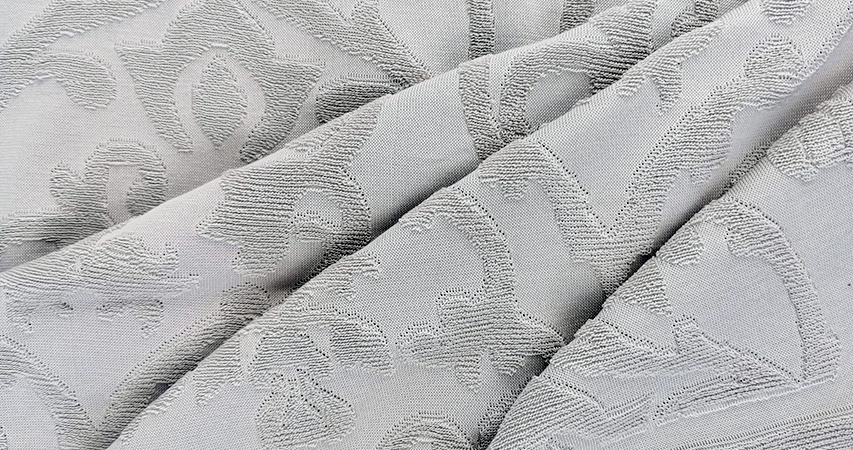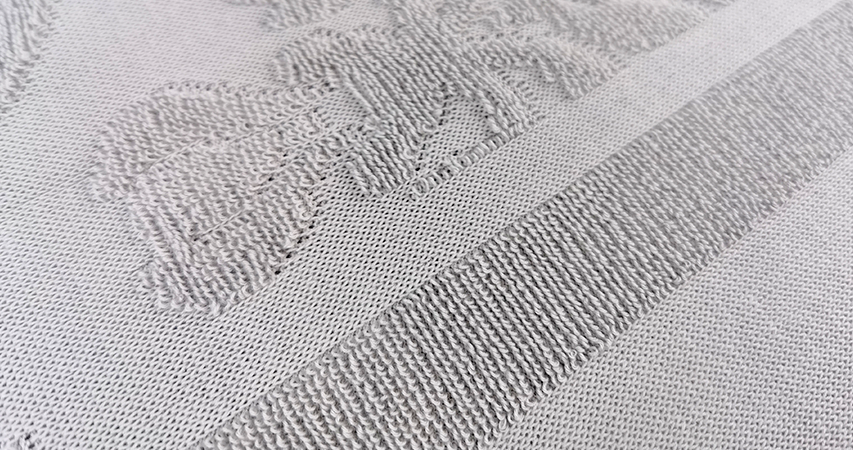Best Practice: Terry Structure
Best Practice of Terry Structure in Seamless TechnologyIntro
In this showcase we will cover the following information on terry structures: what is a terry structure, how to achieve the ideal terry knitting effect, the movements of the terry sinker, and how to select the right yarn and yarn finger for your product.
What is Terry Stitch
A terry structure consists of a series of loops of yarn on its surface, which gives it its characteristic texture. It is constructed with one series of weft thread, which creates the loops, and two series of warp threads, which help build the base. The loops can be single-sided or double-sided.
While it is most commonly known and used for bath towels and bathrobes, terry structures are great for other products such as sweatshirts, sweatpants, casualwear, outerwear, and more.
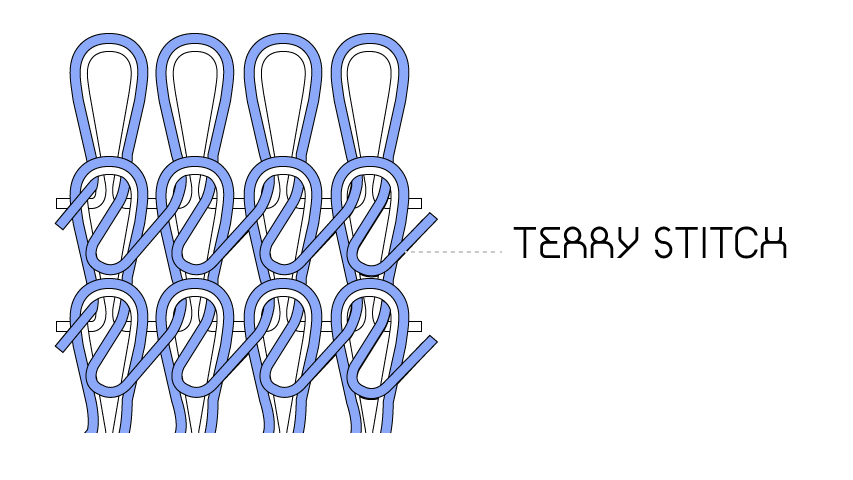
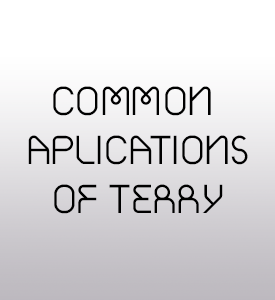
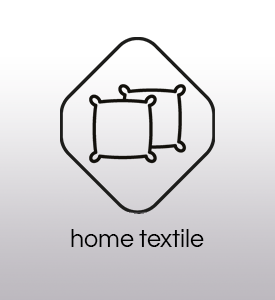
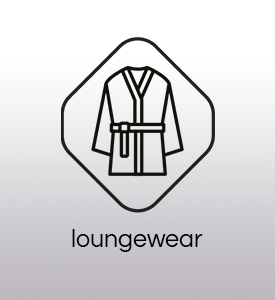

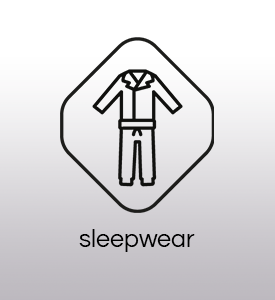

Case Study:
Machine type: TOP2 FAST
Diameter: 14”
Gauge: E28
Yarn: Covered Elastane, Wool, Nylon
The Pattern and Structure Design
We will begin by preparing a .bmp file. The pattern consists of a logo, with the final texture using the terry structure. For this case study, we have decided to place terry structures in the fabric area fabric without using letters.
If you’d like to know more about how to convert your pattern into a .bmp file, read our showcase here.
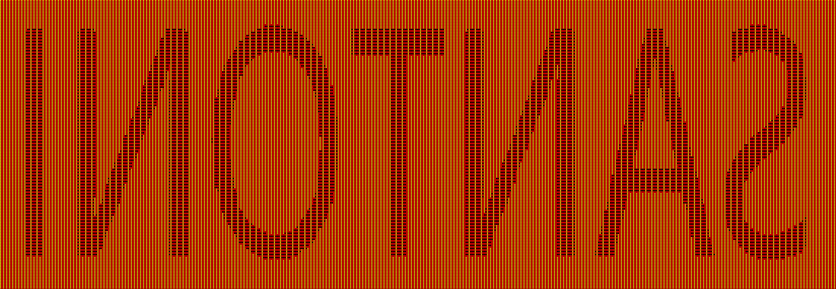
Test Method
The following are the yarn materials we used for this case study and info on the yarn fingers:
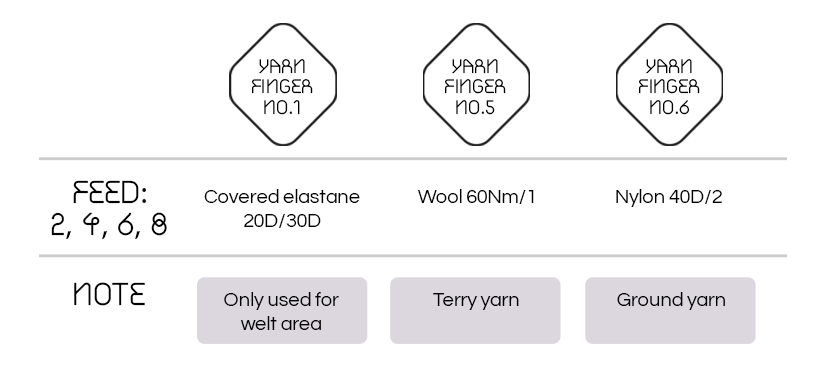
Process
For an optimal development, we selected the terry sinker, due the quantity of the movements (in and out) it can provide every time. The length of the terries as well as the visual effects can vary.
The commands that knit the terry are the terry cam and the sinker adjustment screw. These two commands are linked together while knitting. The sinker adjustment screw is used to change the operation of those sinkers to allow knitting of the terry. It has two positions:
Position A: The command is out of work.
Position B: The command is in work.
NOTE: The two positions of the sinker cap can be adjusted by means of the relevant mechanical screws.

In this example, the terry cam and the long-butt sinkers are working when knitting the logo, while three needles stay down and only one needle moves up to form the terry.
To realize the terry pattern, we have selected two different structures:
- Knit 1*1 terry in the main area
- Knit 3*1 terry in the pattern area

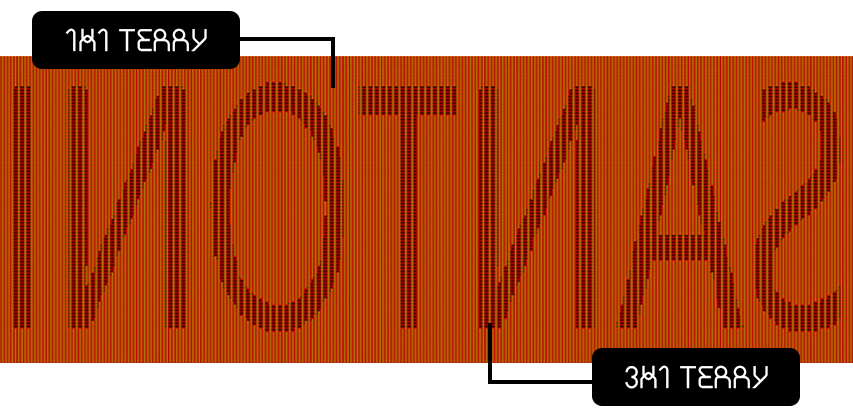
The ground yarn is in yarn finger no.6, and the yarn finger is located in position E when knitting; the terry yarn is in yarn finger no.5, and the yarn finger is located in position D when knitting.
Because the D position is higher than E position, the yarn in the No.5 finger can be hooked by the terry sinkers earlier, helping the ground yarn to be placed properly under the terry sinkers, and preventing it from being hooked by them.
The No.1 yarn finger was used to knit the welt. We selected COVERED ELASTANE 20/30 in order to make the welt tighten and firm.
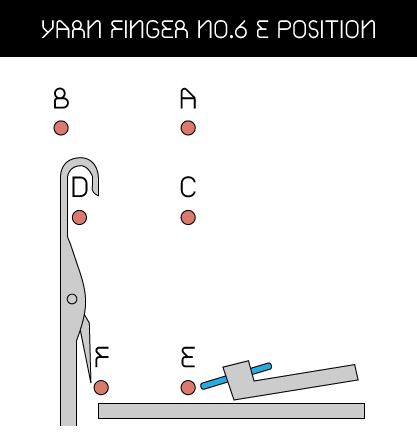
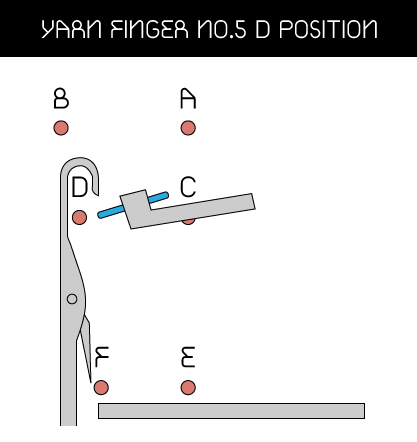
Programming Terry
When programming terry in iPolaris, select the relevant color yarn finger and enter the relevant stitch into the pattern. iPolaris will automatically activate all the commands suitable to terry knitting with reference to the colors of the pattern where the terry pattern is associated.
You can learn more about iPolaris software here.

And here is the final product:

These are some developmets made with terry stitch:

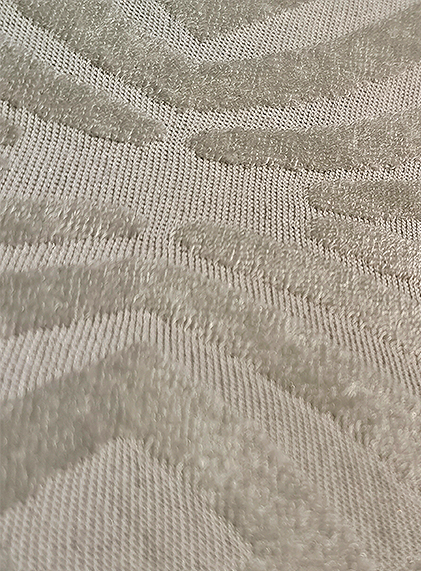
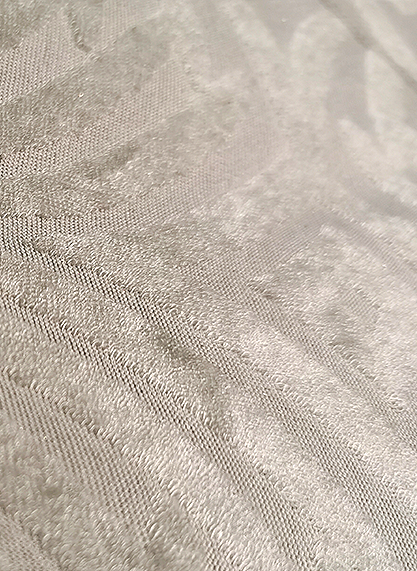
Tips for Best Practice:
Follow these tips for best results while knitting terry structures:
-
Do not use the full needle terry structure. In order to develop a terry structure, we add another yarn. If all the fabric is knitted fully in terry, it will come out very tight and heavy.
-
Choose your yarn according to your design, application, and desired characteristics such as breathability, quick dry, antibacterial, etc.
-
Materials such as cotton, polyester, and wool are perfect for terry structures.
-
If you want your terry area and the rest of the fabric to look even, you need to keep a consistent yarn count.
-
Keep in mind that terry can be knitted using other structures, such as 2*1 terry and 1*2 terry as well.
Stay tuned for more showcases regarding knitting best practices.

Santoni Machinery Capable to Develop Terry Stitch:
Seamless:
- Top2 Fast
- SM8-TR1
Large Diameter:
- Zenit series
Socks machines:
- Wanmei
- Star-D
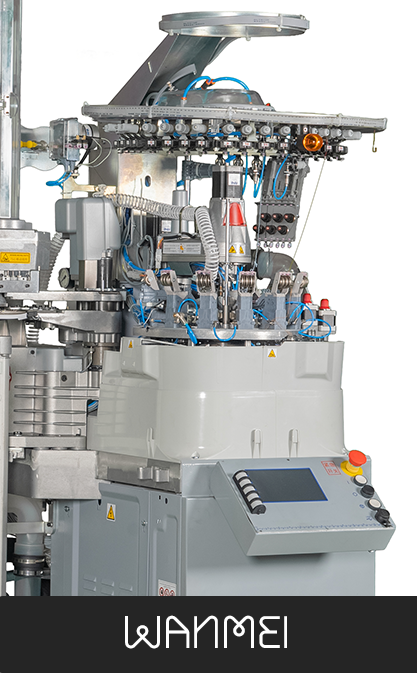
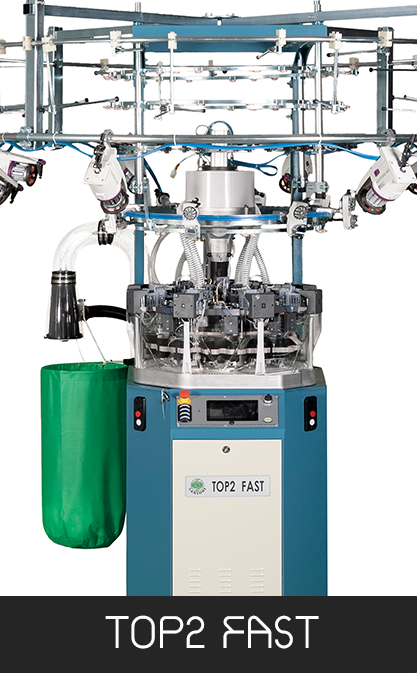
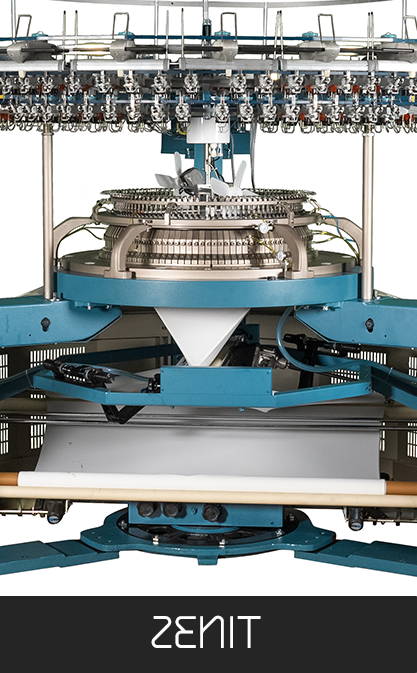
Interested in Seamless Machinery?
Get a Personalized Consultancy

